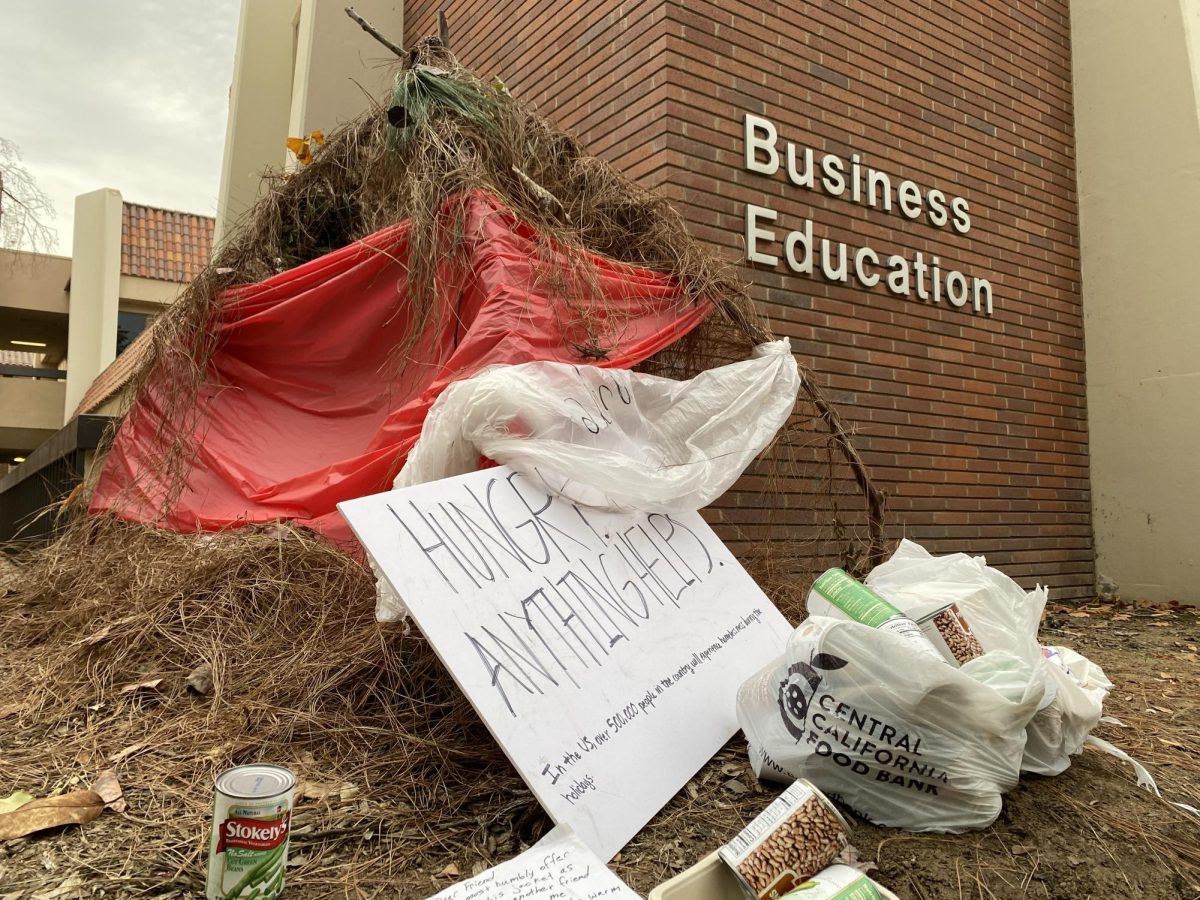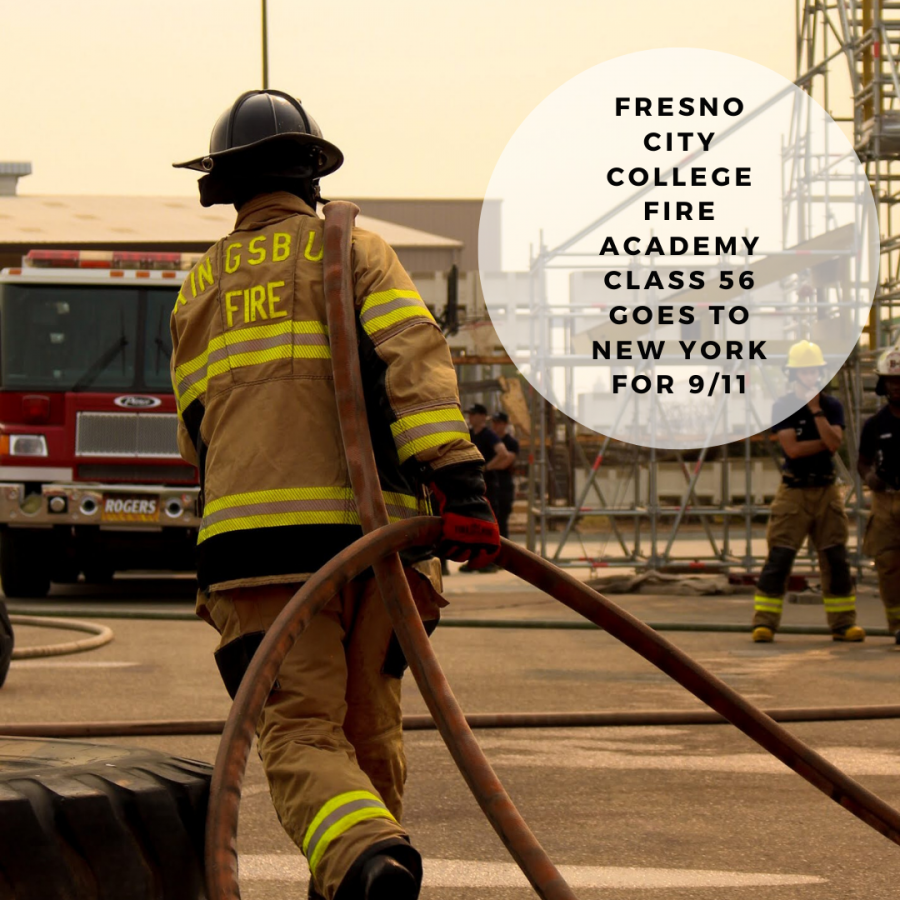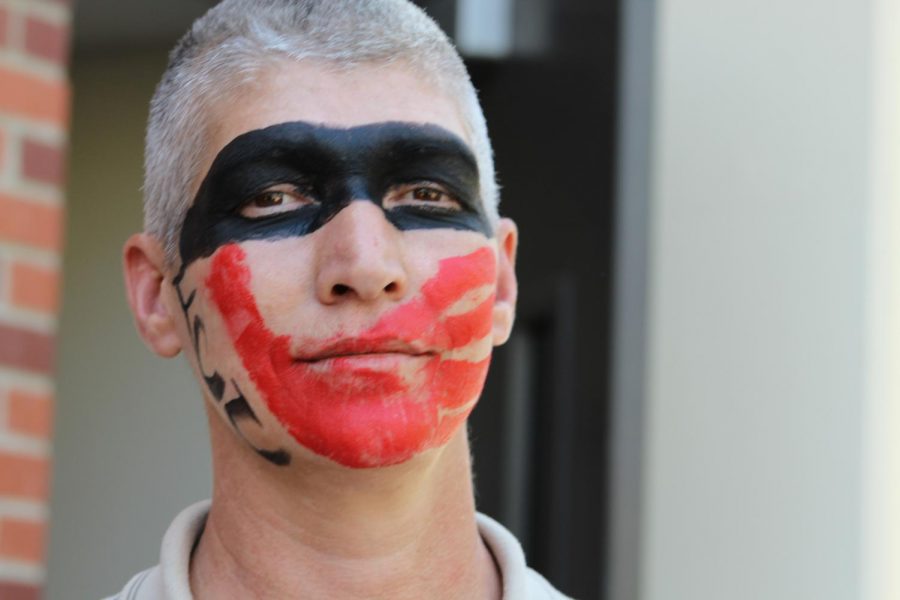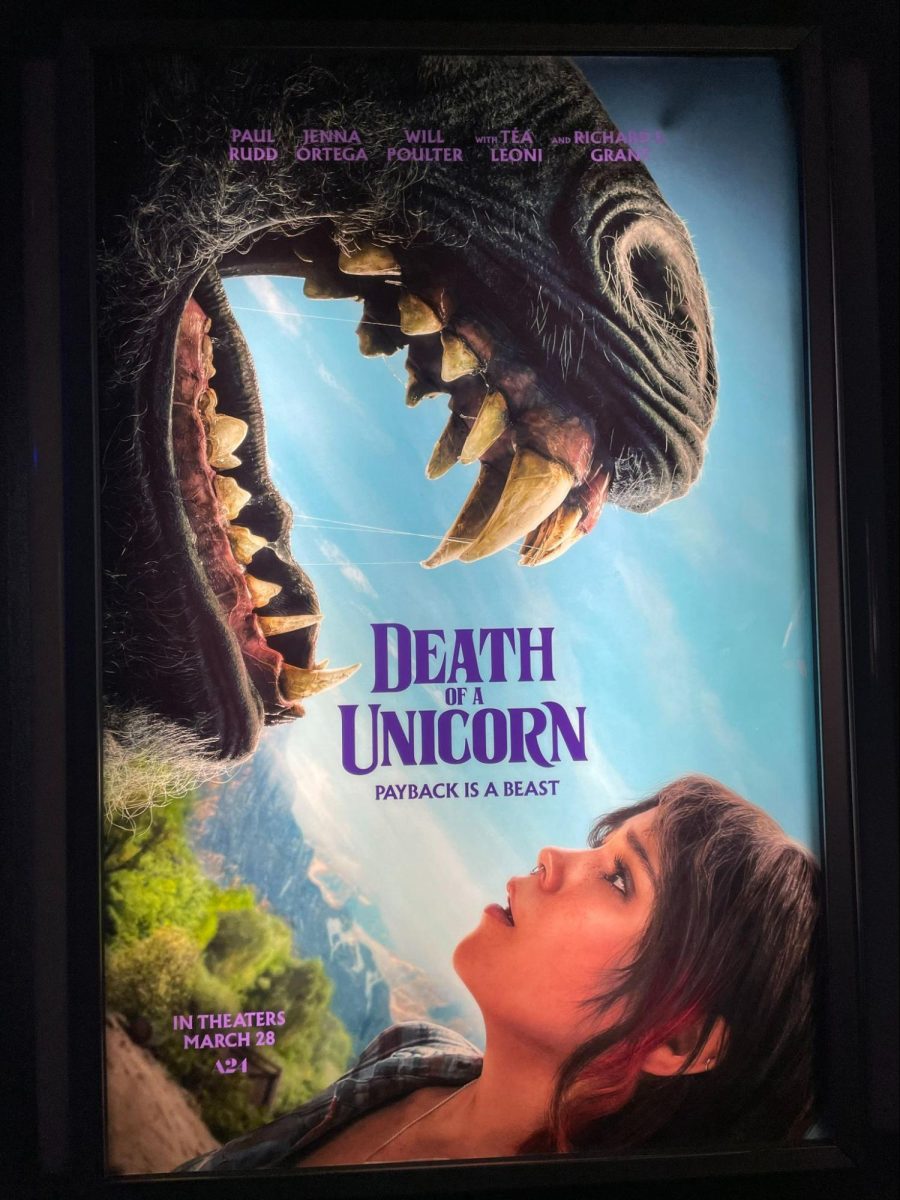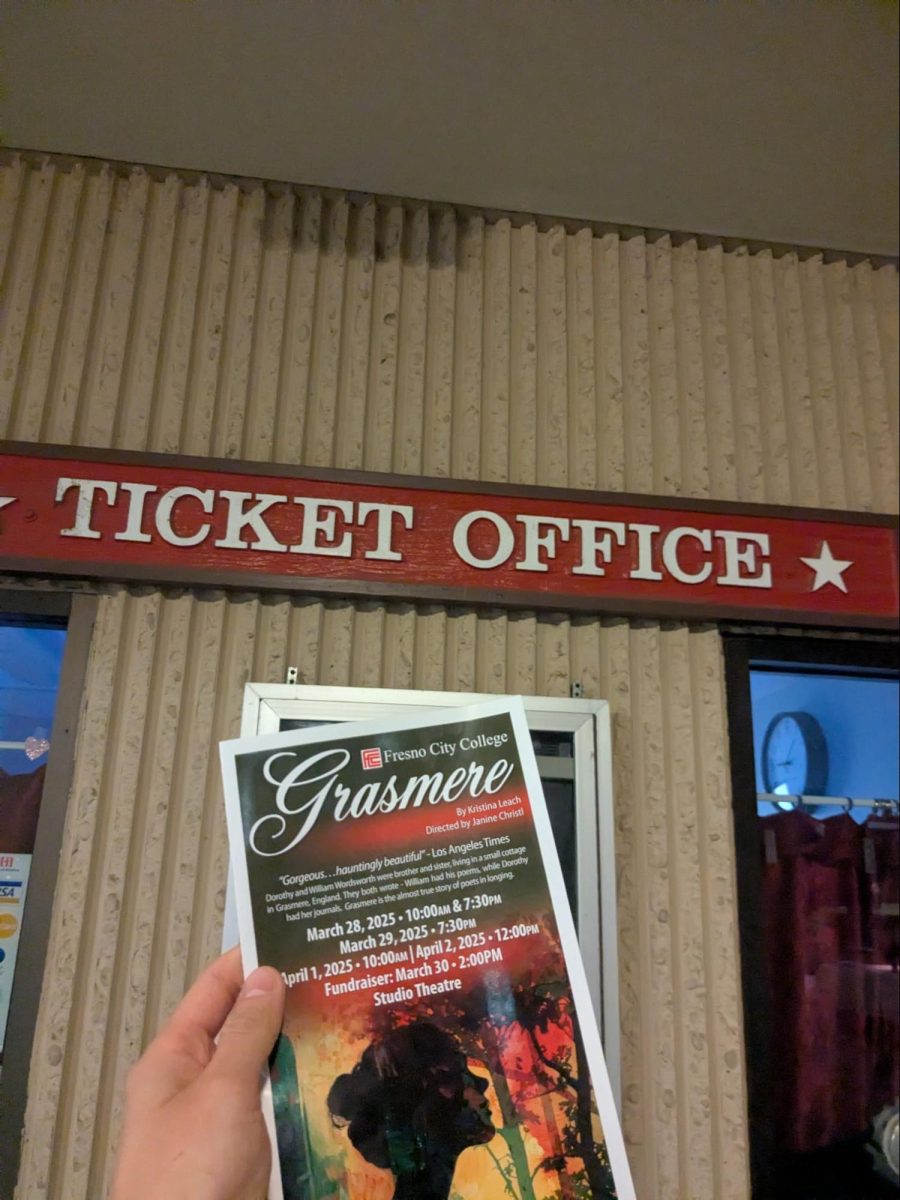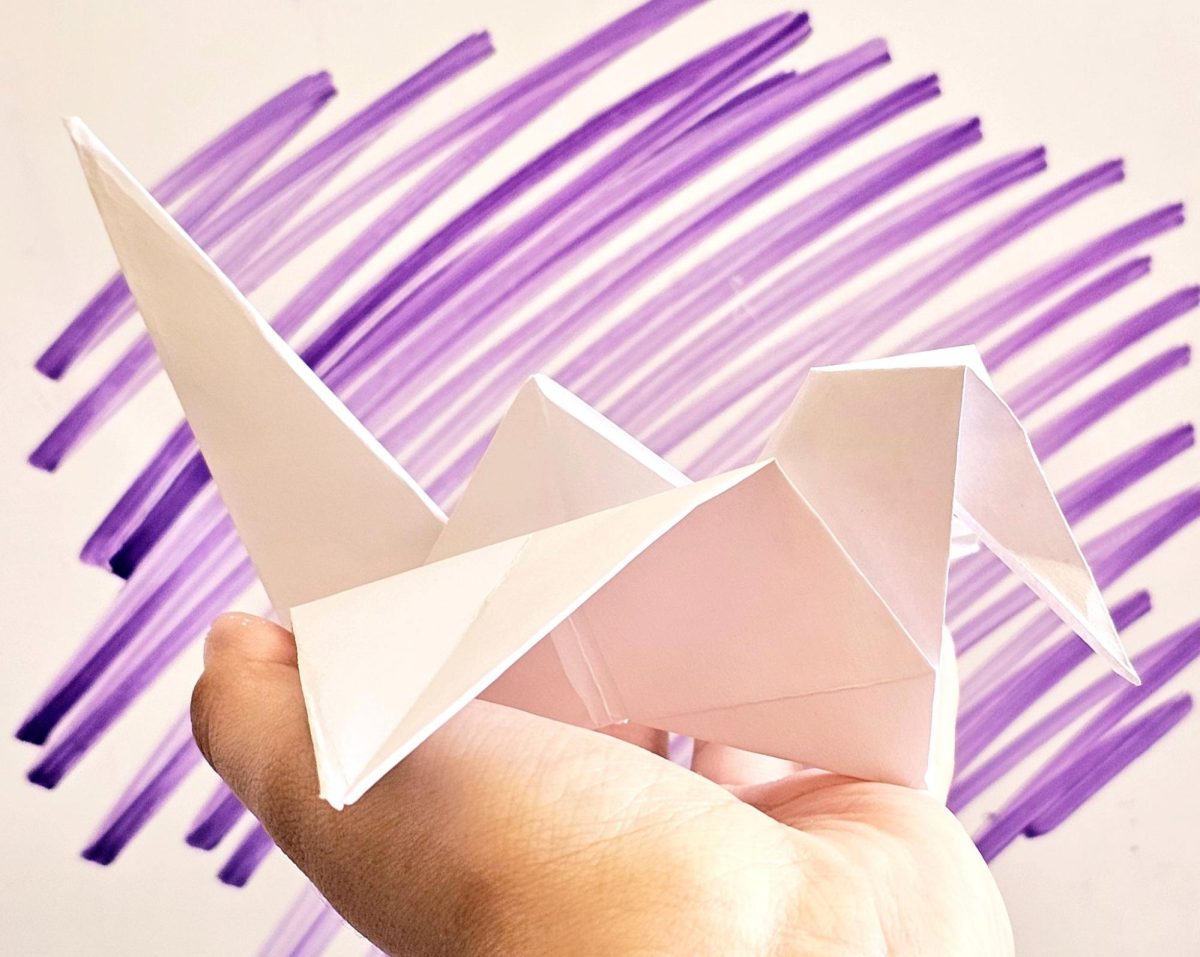Fresno City College’s art students have made a lasting impact on campus by building an unhoused encampment outside the Business Education building.
Students of the Three Dimensional Design course (ART-4) built the encampment as part of a class project where they were expected to use natural resources to create temporary art outdoors.
The students were sectioned off into groups, and had creative control within these parameters. Karysn Bock, Dakota Olivas, Katie Mooneyajm and Jaleni Lomeli are the artists.
Karsyn Bock reflects on how the current holiday season influenced the finished product.
“Originally we were gonna do a Christmas tree, but we also wanted to make a statement about how many people are homeless during the holidays,” Bock said. “We decorated it kind of like a Christmas tree, putting leaves and stuff on it and tying plastic around.”
The encampment stayed up for almost two weeks, which is unusual for the class. Katie Mooneyajm remembers a previous outdoor project in the semester which was taken down within minutes.
“A while ago, we stacked wooden sticks five or six feet high as groups. We got to meet other classmates in a natural environment, but the sticks only stayed up for a few minutes,” Mooneyajm said.
Even if the encampment had a similar lifespan, the group would still be happy with their work.
“I think the satisfaction is still the same. I think it’s good for things to make a statement in the time and place that they’re at, instead of lasting forever, it’s more powerful that way,” Bock said.
The students constructed the tent and added a poster board on the outside which reads, “Hungry. Anything helps.”
This has garnered the attention of the campus community, as grocery bags full of canned goods have appeared alongside the poster board. Someone even gave away their jacket alongside a kindly worded letter.
“I don’t know where those grocery bags came from,” professor Ricardo Rivera said to the students. “I think someone in the public understood what you were doing, and they said, ‘here’s the help.’ So you created community action.”
If the students attached their names to the project, there is no guarantee that the campus community would’ve donated these resources, as the tent could be misconstrued as an authentic encampment. But the students chose anonymity to create more attention towards their statement itself.
“I didn’t really care about people knowing our names. I just cared about people looking at art and being able to view it, rather than gaining an opinion from it,” Bock said. “It can be important to some people, but I think the art is more important than the person.”
Dakota Olivas was initially reluctant to join the class, but has learned some valuable lessons from the process.
“I think when I first joined the class, I just thought it was gonna be another boring thing to check off my list, but I actually really like this class experience,” Olivas said. “Now I know how to let the art piece take itself, to go with the flow.”
The class is all about making art in a 3D space, but according to professor Ricardo Rivera, the skills learned in the class can apply to any 3D planner, including architects and engineers.
So far, students have had control over the themes and message of each project. But in the upcoming final project of the semester, the meaning is much more restricted.
“All the students are doing another project outside which is more directed and controlled in terms of its meaning. This project that you’ve observed, I didn’t ask the students to do anything about any political or social concept. They infused it into the work themselves, and that’s the way that this class works,” Rivera said. “The final date is December 11 or 12, so keep an eye out for that.”

